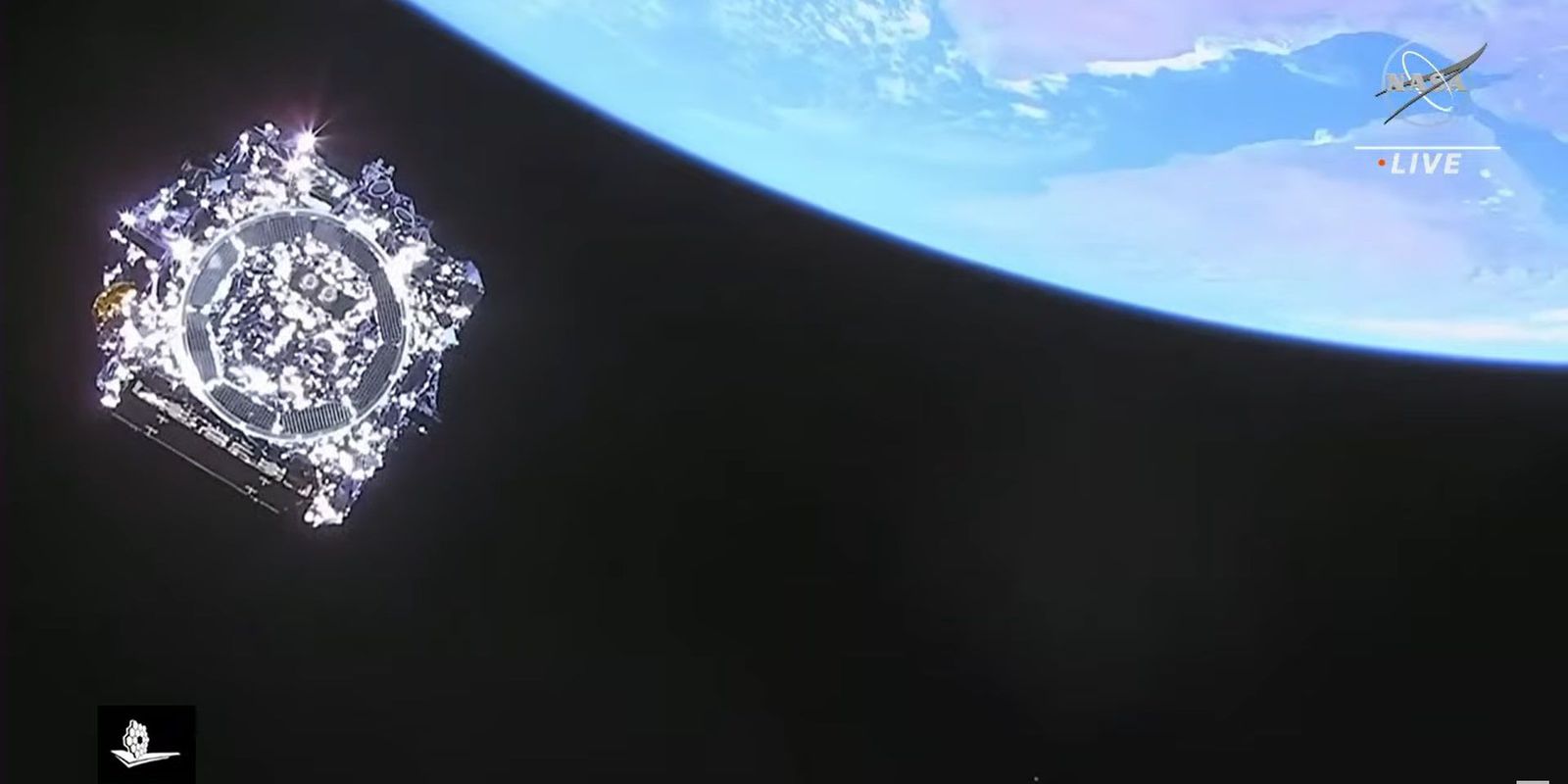The James Webb Space Telescope, from the United States space agency (NASA), made its first record of an exoplanet – a planet orbiting a star in a system that is not the same as Planet Earth. According to NASA, the planet LHS 475 b is very similar in size and diameter to Earth. the ad was disclosed last Wednesday (11).
The choice to observe it with the new telescope is due to the fact that, after reviewing some targets of interest, the team obtained data that indicated the existence of this planet. “The infrared spectrograph then captured the planet easily and clearly with just two transit observations. There is no doubt that the planet is there, and the original data from Webb validated this”, said Jacob Lustig-Yaeger, one of the members of the research team, alongside Kevin Stevenson, who highlights the fact that the planet found is “ small and rocky.
“These first observational results from an Earth-sized rocky planet open the door to many future possibilities for us to study rocky planet atmospheres with James Webb,” added NASA Astrophysics Division Director Mark Clampin. “Webb is bringing us ever closer to a new understanding of Earth-like worlds outside our solar system, and the mission is just getting started,” he added.
Atmosphere
According to NASA, James Webb is, among all the telescopes in operation, the only one capable of characterizing the atmospheres of Earth-sized exoplanets. NASA, however, informed that, so far, it has not been possible to state whether the planet has an atmosphere – which should be done through analysis of its transmission spectrum.
“The telescope is so sensitive that it can easily detect a variety of molecules, but we still can’t draw definitive conclusions about the planet’s atmosphere,” said researcher Erin May in a note released by NASA.
While the team cannot, as of yet, conclude what is present in the atmosphere, they can say with certainty what is not. “There are some atmospheres, like Earth-type atmospheres, that we can rule out. And it cannot have a thick, methane-dominated atmosphere similar to that of Saturn’s moon Titan,” explained Lustig-Yaeger.
The researchers explain that the possibility exists that the planet does not have an atmosphere, but there is also the possibility that it exists, since some atmospheric compositions have not yet been ruled out. This is the case, for example, of an atmosphere of pure carbon dioxide, which tends to be “much more compact and difficult to detect”.
“Even more precise measurements are needed for the team to distinguish a pure carbon dioxide atmosphere from no atmosphere at all. The researchers are scheduled to obtain additional spectra with upcoming observations this summer,” NASA said.
According to data obtained by James Webb, the planet in question is “a few hundred degrees” hotter than Earth. If clouds are detected, this could lead researchers to conclude that the planet is more like Venus, which has a carbon dioxide atmosphere and is perpetually shrouded in thick clouds.
“We are at the forefront of studying small, rocky exoplanets. We are starting to take the first steps towards understanding what the atmospheres of this type of planet are like,” said Lustig-Yaeger. NASA adds that the planet completes an orbit every two days, only, and that it is “relatively close”, just 41 light years away from Earth, in the constellation of Octans.


















